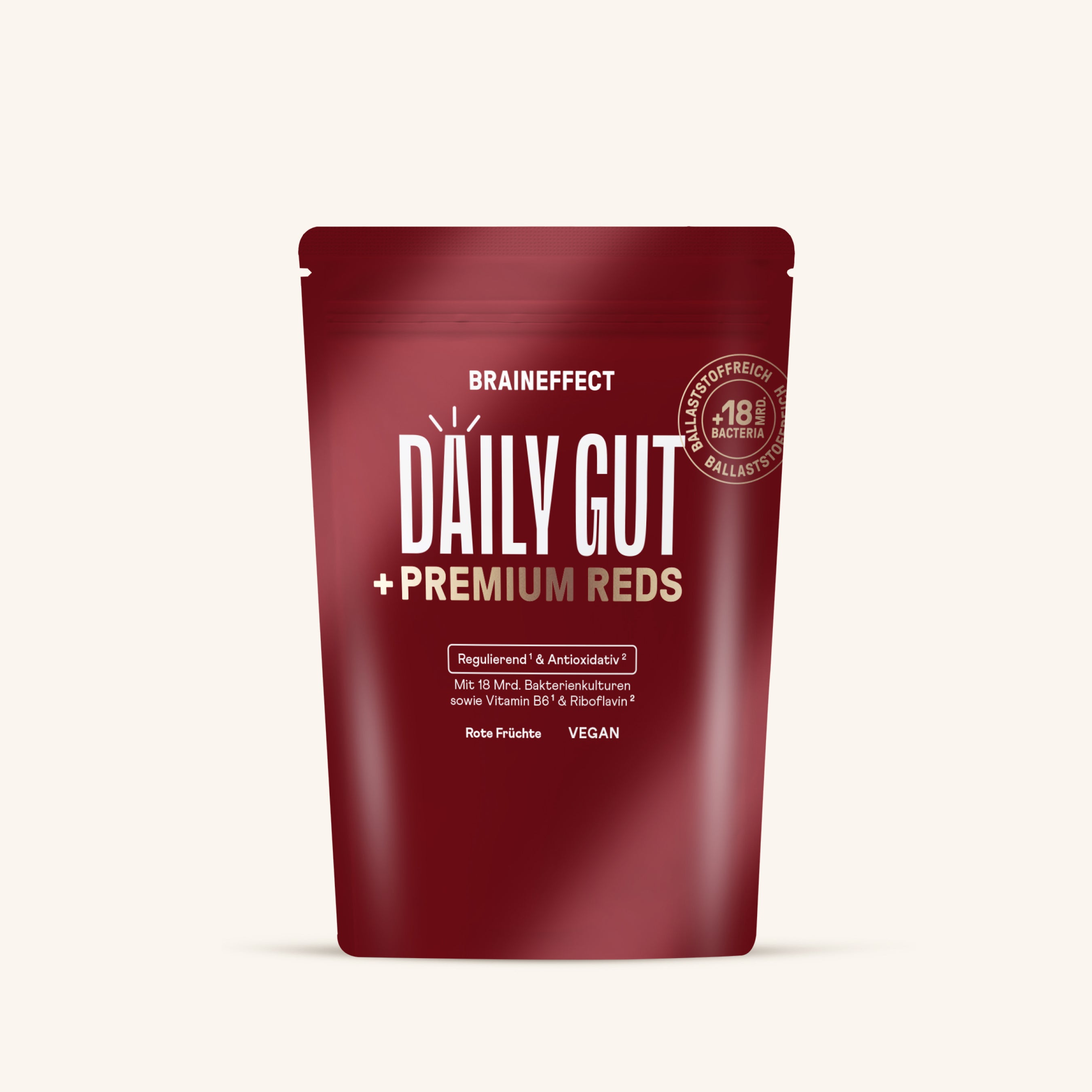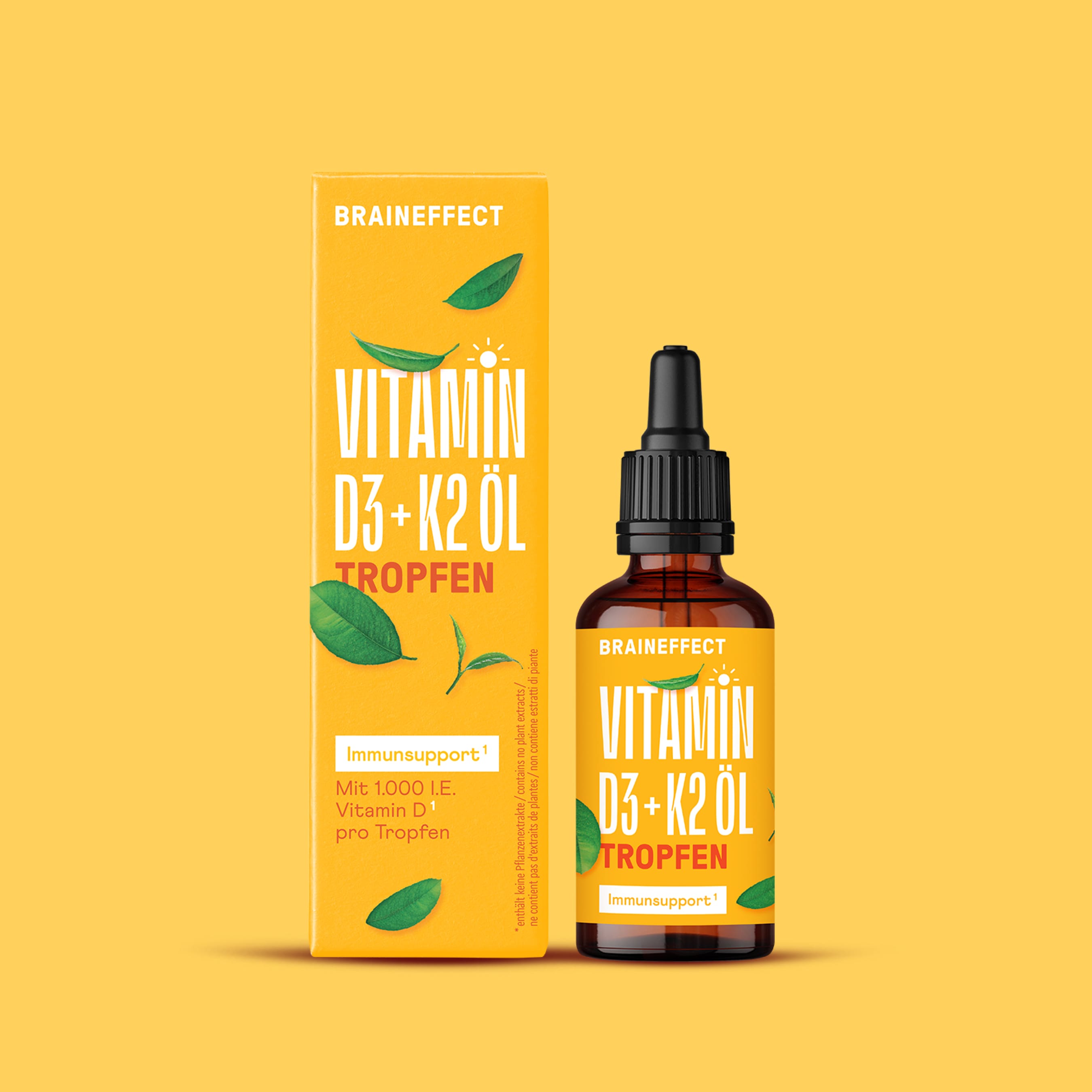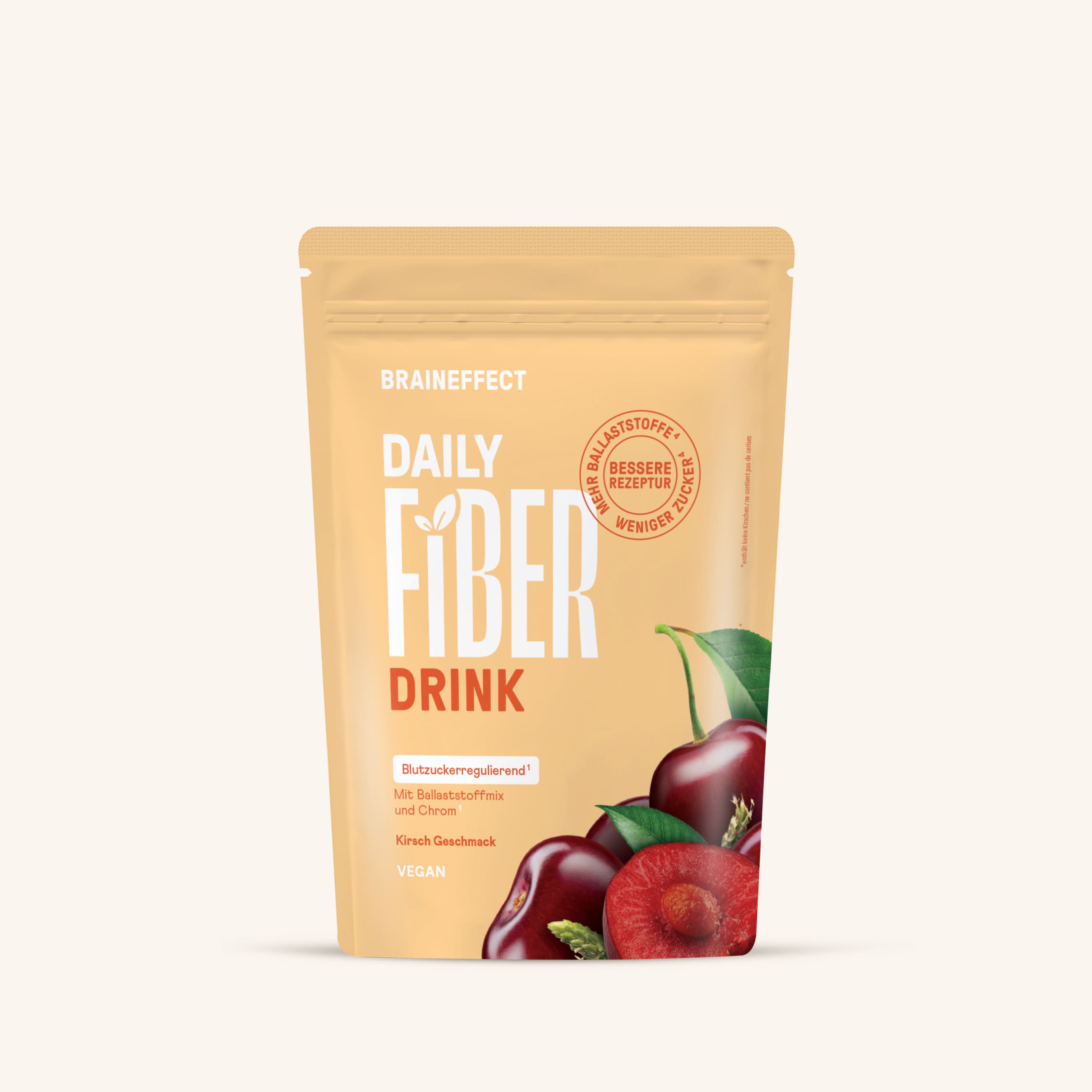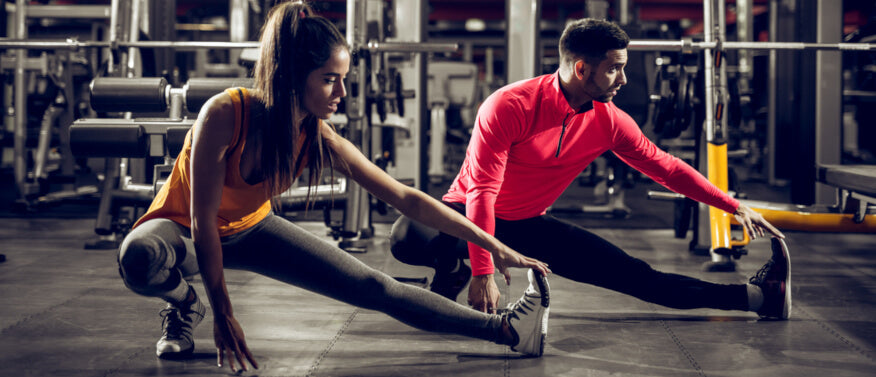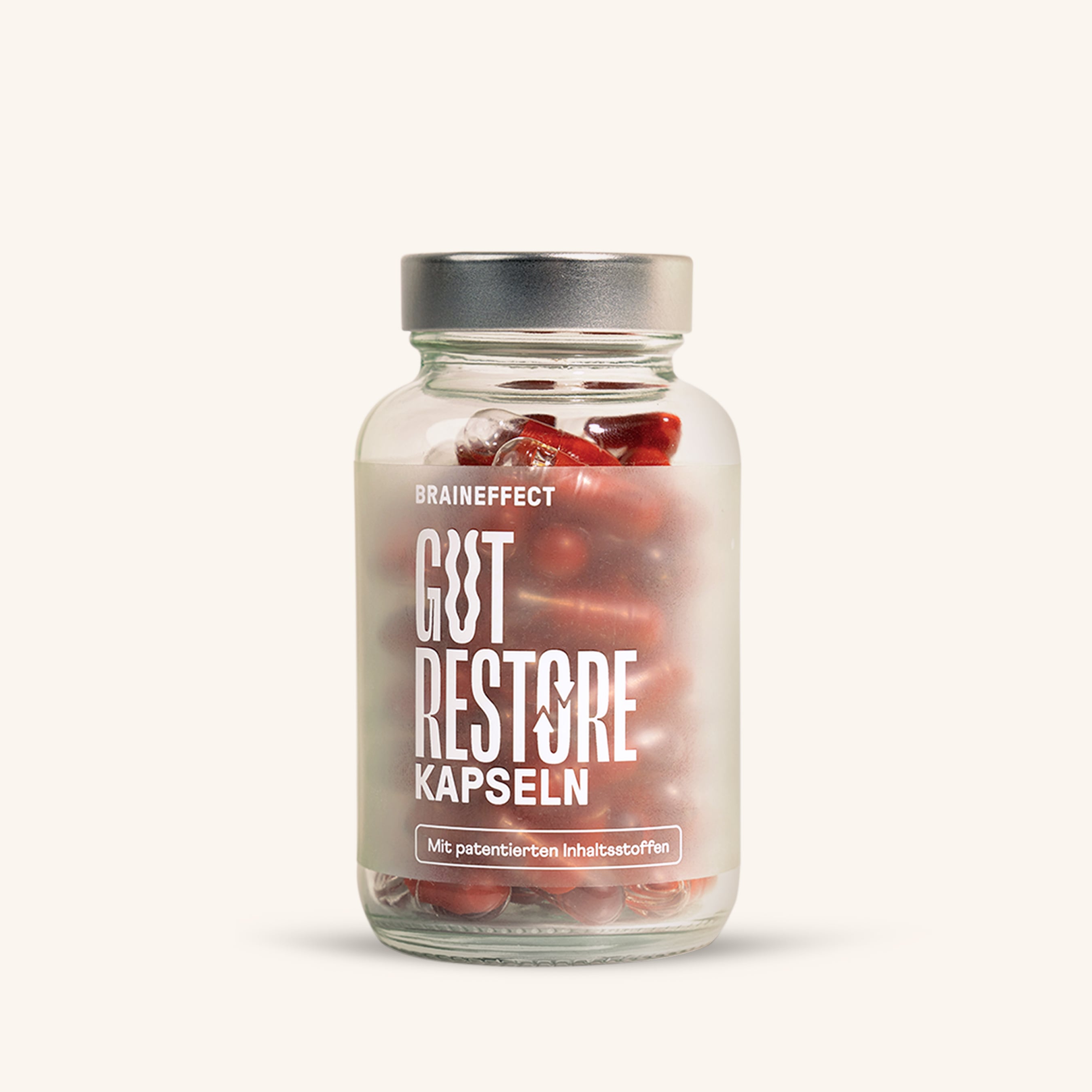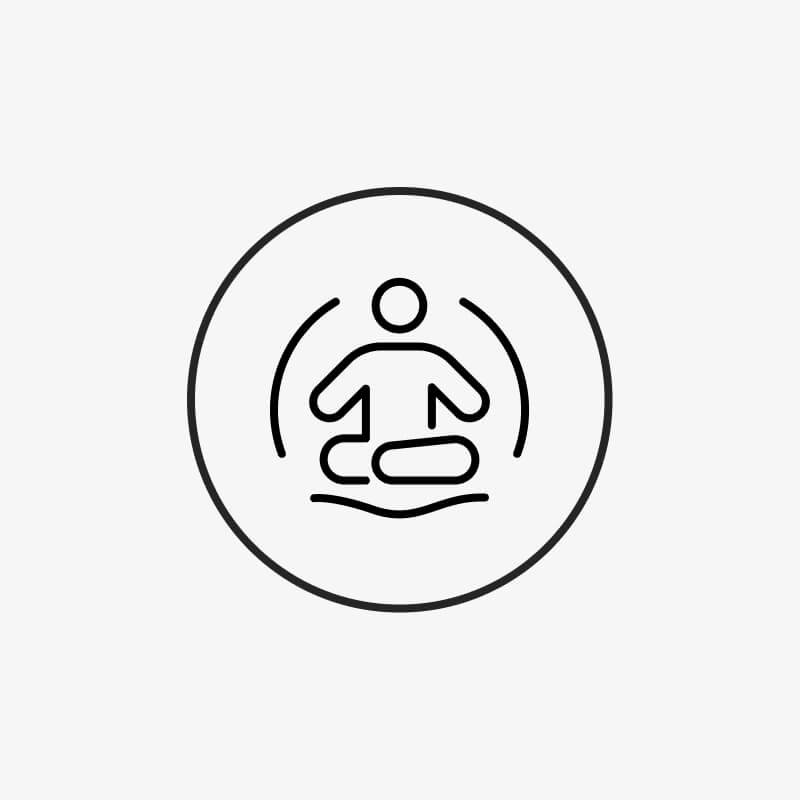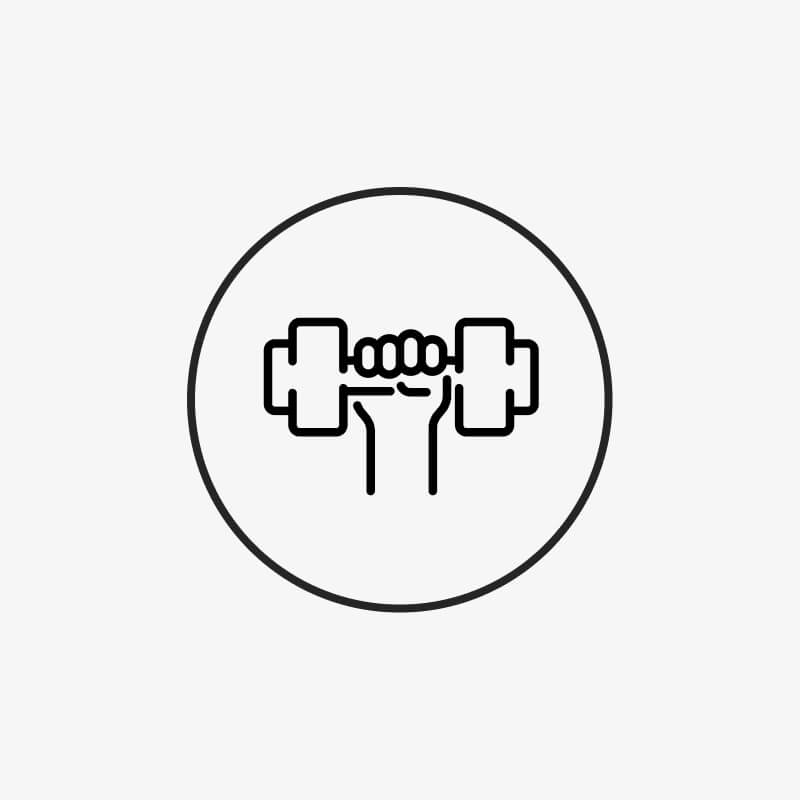Some swear by it, others doubt its effectiveness: But is stretching after exercise beneficial? Below, we've compiled a list of why stretching is important, how you can improve your mobility with it, and how you can counteract muscle soreness through stretching. We'll also discuss whether you should only stretch after you're warmed up, and whether stretching is helpful or not recommended for tension.
Table of contents
1. Is stretching important?
Stretching exercises are almost ubiquitous in sports. Why? Is it important to stretch after exercise?
Stretching exercises are widely practiced not only after, but also before sports. Especially in team sports, stretching together often represents an almost ritual—as is common in American football, for example. The stretching exercises before training and before competitions differ little to nothing. In this way, the body and mind are prepared for the upcoming exertion and, by performing the usual exercises, are brought into the right "mode." In addition, collective, often dynamic stretching is also an exercise that is performed holistically by the entire team, thus strengthening cohesion.
Stretching before exercise is also recommended for various individual sports. Stretching the shoulder, for example, one of the most complex musculoskeletal systems, is a priority for many tennis players, climbers, weightlifters, and other so-called overhead sports. Dynamic stretching exercises or static stretching in a pain-free range, characterized by slightly springy movements, are particularly suitable for this [1].
However, stretching as a whole has been under fire for some time. Scientific studies have shown that stretching exercises before exercise do not improve performance. If performed immediately after stretching, they usually even lead to a decrease in performance. Stretching exercises are also only of limited use as injury prevention; in some cases, stretching can even contribute to injuries [1].
After exercise, such as running, another purpose arises: The slow movements of stretching exercises are an important psychological factor, allowing for quick mental relaxation and a faster recovery after exertion [2]. Therefore, one subjectively feels better after stretching [1]. From a physiological perspective, however, stretching after exercise hardly helps the muscles regenerate [3].
According to current knowledge, the function of stretching lies more in the fascia that surrounds the muscles (better known as connective tissue) than in the muscles themselves [2]. Furthermore, stretching can be very beneficial for acute problems, for example, with the back [2] or shoulder [1].
Take-Home Message #1:
Stretching muscles isn't always beneficial—it can also cause problems. For example, your muscles will "slow down" immediately after stretching exercises, meaning they lose some of their speed and explosiveness. It can also even contribute to the development of some injuries. However, stretching exercises are extremely important for areas such as the back, shoulder joints, and fascia.
After exercise: RECHARGE for your regeneration
{{widget type="egproducts/list_productbyid2" product_id="506" img_width="250" img_height="335" template="elegento/products/productteaser_by_id_2.phtml"}}
2. Stretching for more mobility
Depending on the sport you practice, specific stretching exercises are useful. But how can I stretch properly? A well-known example of active stretching, i.e., stretching with muscle contractions, can be found in the animal world: Cats walk with their buttocks up and place their paws far in front of them. Their heads are not far from the ground. This way, cats activate their muscles and fascia and maintain their mobility.
We also have a similarly instinctive stretching mechanism when we get up in the morning and stretch our arms out as far as we can while yawning. For some sports, such as gymnastics or dance, which require a high degree of flexibility, you can increase your fascial mobility primarily through active stretching exercises . To optimally target these areas, you should stretch the longest fascial pathways possible. Yoga movements are ideal for this – also for stretching after strength training [3].
Take-Home Message #2:
Yoga is the ideal counterbalance to a stressful daily routine, where you may still be lacking exercise, or for activating and targeting your muscle connective tissue. It stretches long fascial pathways, which is more beneficial than stretching individual muscles.
3. Stretching against sore muscles
Stretching only helps to a limited extent when it comes to muscle regeneration. For example, stretching muscles between sets during strength training risks even worsening the impending muscle soreness [1]. As discussed in our article on muscle soreness , the fascia plays a significant role in the pain associated with muscle soreness [3] .
Take-Home Message #3:
Muscle soreness primarily originates in the muscles, but the fascia plays a more significant role in the sensation of pain. To reduce the pain of muscle soreness, treating the fascia is recommended—for example, with a foam roller (also called a fascia roll) or with yoga-like movements.
4. Stretching: Only when warmed up?
For dynamic, active stretching exercises, such as bouncing, you should definitely warm up properly to avoid potential injuries [3]. If your muscles aren't warmed up properly, muscle tears and similar injuries like strains can occur, which can put you out of action for an extended period.
Take-Home Message #4:
As already explained, stretching is only partially suitable as a warm-up. Dynamic stretching exercises are good for the fascia, but be careful: To perform them gently, you need to be warmed up before you begin. A few minutes on the rowing machine, a run, or a few minutes on the bike can prepare your body for the upcoming stress of stretching.
5. Stretching for tension: yes or no?
If you experience a strain and a torn muscle fiber, you can still do some light stretching exercises [1]. Even if it means you're temporarily unable to participate in sports, stretching can be beneficial, as the increased mobility is also important in everyday life [3]. However, only moderate, careful stretching is recommended. Never overdo it and stretch beyond the pain threshold [1]. Otherwise, you risk further injury or worsening the existing limitation.
Take-Home Message #5:
For minor injuries, you can stretch a little to still be able to move a bit. But you really need to be careful not to overstress the injured muscles.
Conclusion
Stretching doesn't have the best reputation—if done incorrectly, it can be downright dangerous for your body. However, dynamic exercises are particularly useful for increasing mobility and staying active despite injuries. The fascia plays a significant role in this, in many ways even more so than the muscles. Always warm up thoroughly before stretching and try some yoga exercises. They target long fascia bands and are good for gently activating your fascia.
Our performance coaches can help you achieve your goals. Whether it's improving your concentration, energy, sleep, or general well-being, our coaches can provide you with personalized support along the way.
INDIVIDUAL REFERENCES
[1] Michaelis, P. (2016) Meyer & Meyer Verlag. Osteopathy in Sports: Holistic Prevention and Rehabilitation. [ https://books.google.de/books?hl=de&lr=&id=p7kADQAAQBAJ&oi=fnd&pg=PA10&dq=dehnen+nach+dem+sport&ots=DaOaucaDGB&sig=oEqgKUnrdwxcdcDG476P-N3oFF4#v=onepage&q&f=false ]
[2] Schnack, G. (2016) Verlag Herder GmbH. Fascia Jogging: Weightless and Natural Running. [ https://books.google.de/books?hl=de&lr=&id=aFg9DQAAQBAJ&oi=fnd&pg=PT3&dq=dehnen+nach+dem+laufen&ots=GX4eXPIi_B&sig=6FQous5fo2eYP-wo2QQnRat-XOs#v=onepage&q=dehnen%20nach%20dem%20laufen&f=false ]
[3] Schleip, R.; Bayer, J. (2018) Riva Verlag. Fascia Fitness – expanded and revised edition: Vital, elastic, dynamic in everyday life and sports. [ https://books.google.de/books?hl=de&lr=&id=UIhaDwAAQBAJ&oi=fnd&pg=PT8&dq=dehnen+nach+dem+sport&ots=aKUJUK1BZw&sig=uOXkA7GYfPThMfWe6W90A8fSmRc#v=onepage&q=muskelkater&f=false ]
